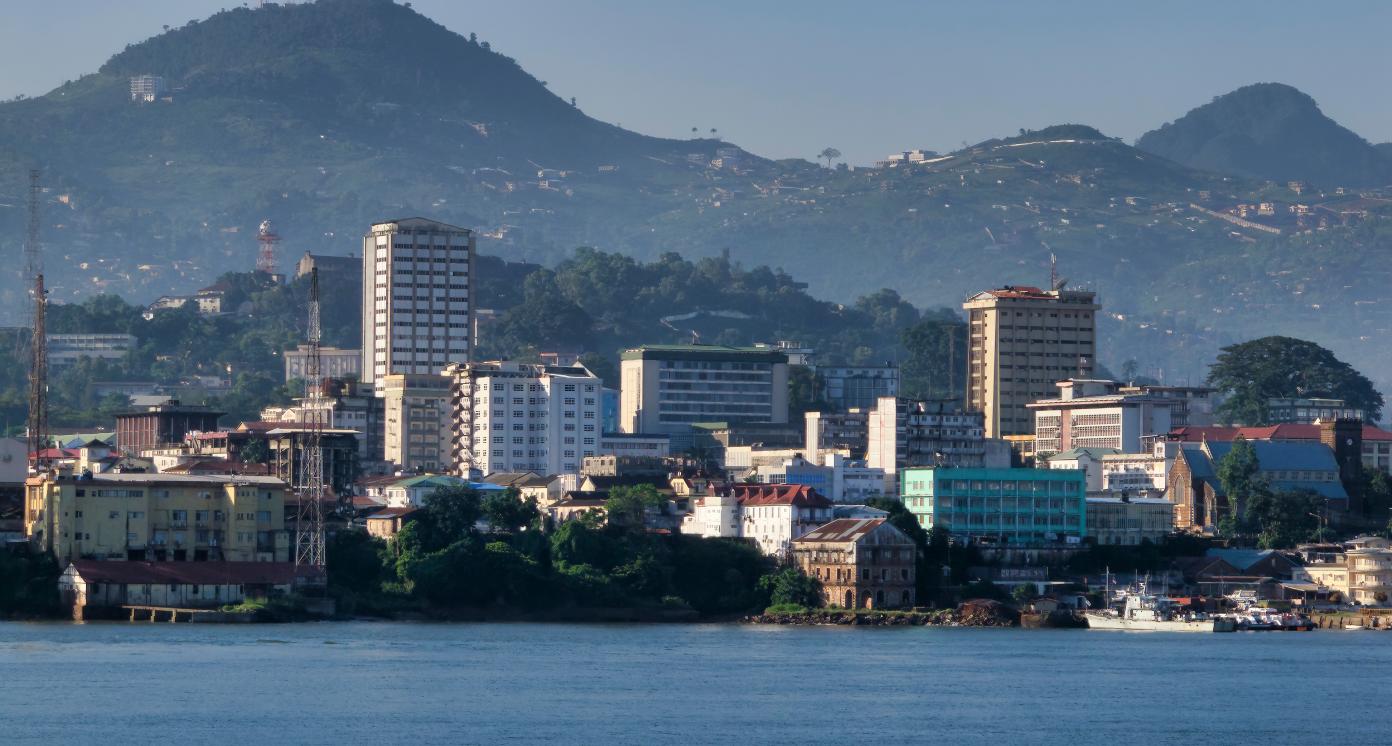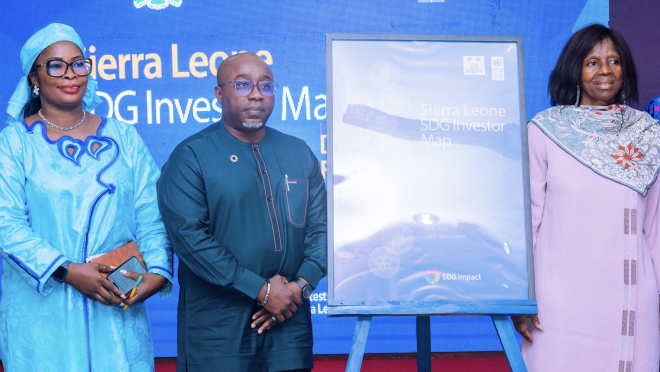Sierra Leone’s post-pandemic recovery was disrupted by concurrent domestic and external shocks, exacerbating existing macro-fiscal vulnerabilities. Inflation and exchange rate depreciation reached record levels, depressing economic activity, and triggering a severe cost-of-living crisis. Fiscal accounts have deteriorated due to macroeconomic headwinds and policy slippages, and risks to debt sustainability have intensified.
Estimated GDP growth for 2022 has been revised downwards to nearly 3%, marking a reversal of the encouraging rebound observed in 2021, when GDP grew by 4.1% following a 2% contraction in 2020. Headline inflation averaged 27% in 2022 compared to 12% the previous year. Despite a decrease in global food and fuel prices, inflation worsened due to the depreciation of the Leone (60% during 2022) and loose fiscal policies. Over the year, the Bank of Sierra Leone tightened its monetary policy stance. However, monetary policy effectiveness was limited by underdeveloped financial markets and fiscal dominance, and further complicated by the redenomination of the Leone. Fiscal weaknesses and risks to debt sustainability have intensified. External accounts also deteriorated, and reserves fell to around 3 months of imports by end-2022 (from close to 4 months in Q3), reflecting Central Bank interventions in the Forex market.
The economy is projected to grow at 3.8% on average during 2023–25, below its long-term average, supported by: (i) the government’s efforts to restore macro stability through fiscal discipline and prudent monetary policy; (ii) continued expansion of iron-ore mining operations; and (iii) some modest easing of inflationary pressures. Fiscal discipline will be crucial to restoring macroeconomic stability; the fiscal deficit is projected to decline below 3% of GDP by 2025. However, this is vulnerable to several downside risks especially given recent fiscal slippages and expenditure overruns, which have raised concerns about the credibility of the budget process. The international poverty rate ($2.15 per person/day at 2017 PPP) is projected to decline slowly, from 26.1 % in 2018 to 24.6% by 2025.
Source: World Bank, Sierra Leone Country Overview
Access the Sierra Leone SDG Investor Map narrative report here.
8



Food and Beverage, Renewable Resources and Alternative Energy, Education
0.477
How is this information gathered?
SDG Investor Maps employ an 8-step methodology, combining data research and stakeholder consultations to identify Investment Opportunity Areas (IOAs) and potential business models with significant financial and impact potential.
Disclaimer
UNDP, the Private Finance for the SDGs, and their affiliates (collectively “UNDP”) do not seek or solicit investment for programmes, projects, or opportunities described on this site (collectively “Programmes”) or any other Programmes, and nothing on this page should constitute a solicitation for investment. The actors listed on this site are not partners of UNDP, and their inclusion should not be construed as an endorsement or recommendation by UNDP for any relationship or investment.
The descriptions on this page are provided for informational purposes only. Only companies and enterprises that appear under the case study tab have been validated and vetted through UNDP programmes such as the Growth Stage Impact Ventures (GSIV), Business Call to Action (BCtA), or through other UN agencies. Even then, under no circumstances should their appearance on this website be construed as an endorsement for any relationship or investment. UNDP assumes no liability for investment losses directly or indirectly resulting from recommendations made, implied, or inferred by its research. Likewise, UNDP assumes no claim to investment gains directly or indirectly resulting from trading profits, investment management, or advisory fees obtained by following investment recommendations made, implied, or inferred by its research.
Investment involves risk, and all investments should be made with the supervision of a professional investment manager or advisor. The materials on the website are not an offer to sell or a solicitation of an offer to buy any investment, security, or commodity, nor shall any security be offered or sold to any person, in any jurisdiction in which such offer would be unlawful under the securities laws of such jurisdiction.




















